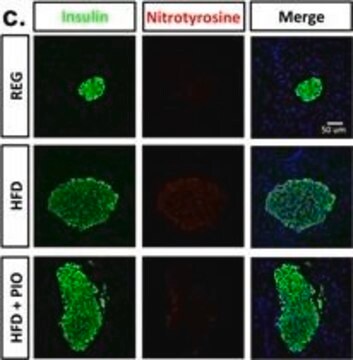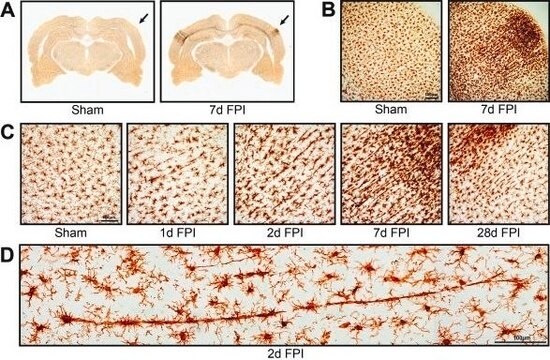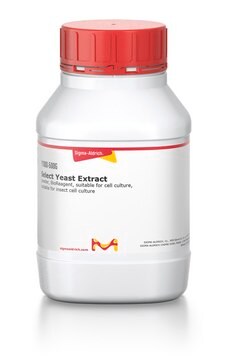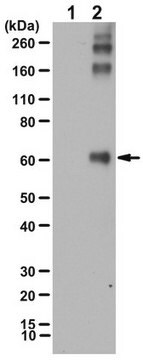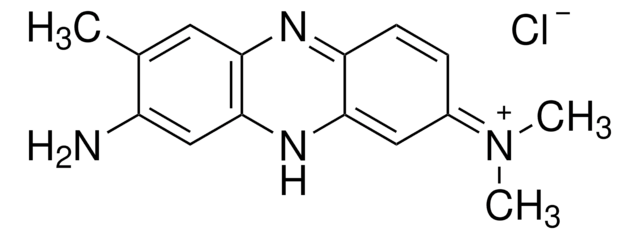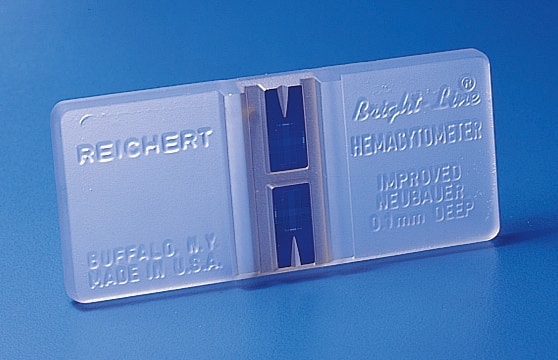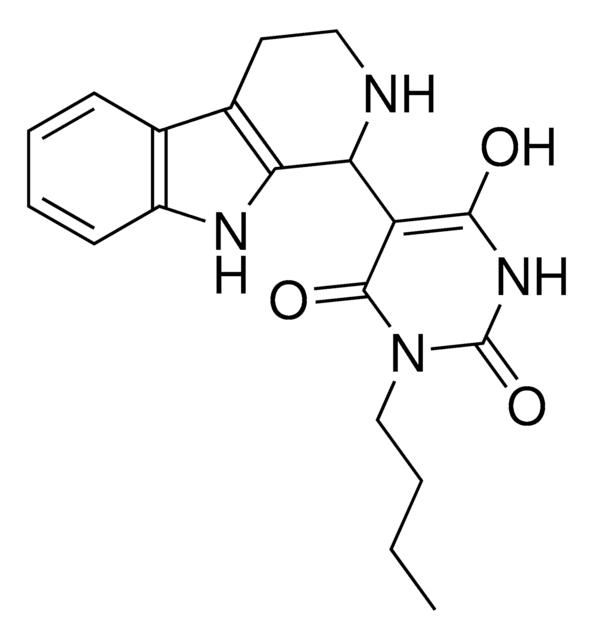16-226
Anti-Nitrotyrosine Antibody, clone 1A6, Alexa Fluor™ 488 conjugate
clone 1A6, Upstate®, from mouse
About This Item
Recommended Products
biological source
mouse
conjugate
ALEXA FLUOR™ 488
antibody form
purified antibody
antibody product type
primary antibodies
clone
1A6, monoclonal
species reactivity
vertebrates
manufacturer/tradename
Upstate®
technique(s)
flow cytometry: suitable
western blot: suitable
isotype
IgG2bκ
shipped in
wet ice
target post-translational modification
unmodified
Gene Information
human ... NOS1(4842)
Application
Quality
Physical form
Storage and Stability
Other Notes
Legal Information
Not finding the right product?
Try our Product Selector Tool.
Storage Class Code
12 - Non Combustible Liquids
WGK
WGK 2
Flash Point(F)
Not applicable
Flash Point(C)
Not applicable
Regulatory Listings
Regulatory Listings are mainly provided for chemical products. Only limited information can be provided here for non-chemical products. No entry means none of the components are listed. It is the user’s obligation to ensure the safe and legal use of the product.
JAN Code
16-226:
Certificates of Analysis (COA)
Search for Certificates of Analysis (COA) by entering the products Lot/Batch Number. Lot and Batch Numbers can be found on a product’s label following the words ‘Lot’ or ‘Batch’.
Already Own This Product?
Find documentation for the products that you have recently purchased in the Document Library.
Our team of scientists has experience in all areas of research including Life Science, Material Science, Chemical Synthesis, Chromatography, Analytical and many others.
Contact Technical Service